Is anything more exciting than bringing home a new bundle of fluff? We don’t think so. But, while welcoming home a new puppy is a wonderful experience, your pup will need special care during the first year. By focusing on the following six areas, you will start your pup off right, and help them turn into your best friend.
Preventive care for your new puppy
Prevention is the best medicine to ensure your new pup lives a long and healthy life. Through lifestyle-appropriate vaccinations, parasite prevention, and routine diagnostic testing, we can stave off many diseases, or catch them in the earliest stages to provide the best outcome. As your puppy grows, we will record their weight to prescribe the proper dose of heartworm, flea, and tick preventives, which are essential for guarding against life-threatening diseases. Heartworm prevention also protects your puppy from intestinal-parasite infections, which can be transmitted to your family and other pets. During your puppy’s first several months, we will monitor development, booster appropriate vaccinations, deworm as needed, and discuss nutrition, training, behavior, grooming, and future medical care. Each appointment provides a stepping stone along the path to lifelong wellness for your four-legged friend.
Spaying or neutering your new puppy
Most puppies should be spayed or neutered during the first year of life, with the exception of giant-breed dogs. Your puppy’s breed and expected adult size play a large role in determining the best age to sterilize your pet, to prevent life-threatening infections and cancers. Ideally, we allow as much time as possible for puppies to develop strong bones and joints, but still sterilize them before their risk for various cancers and other reproductive diseases increases. During your puppy’s wellness visits, we will monitor development and weight gain to determine the ideal sterilization age.
Socialization for your new puppy
Socialization is much more than setting up puppy playdates. Without proper socialization, your pup may wind up anxious and fearful, especially of novel situations. To socialize your puppy correctly, ensure each new experience is positive, and progress at a pace that feels comfortable. For example, when your puppy meets new people, let them approach at their own pace, rather than allowing people to crowd and hover. Let your puppy investigate, if they choose, and have the new people offer treats, which will help your pup form a positive association with strangers. In addition to meeting new people, socialization encompasses unusual sights, sounds, smells, surfaces, pets, and places. Also, while many people think only a puppy requires socialization, it should be a lifelong process where your dog never stops exploring and experiencing new situations in a positive manner.
Crate training your new puppy
Puppies are eager to explore their new environment, and their curiosity often gets them into mischief. To help keep your puppy and your home safe while you are unable to supervise, teach your pet that the crate is a wonderful resting place filled with fun toys and treats. Never use your puppy’s crate as punishment, as this will make crate training much more difficult. By teaching your pup that their crate equals long-lasting treats and toys, they will soon realize it’s a great place to hang out, despite being alone.
House training your new puppy
Crate training your puppy will also help with house training, which is often one of the biggest issues new puppy owners face. Using an appropriate-sized crate—one only big enough for your pup to stand, lie, and turn around in—will help your puppy practice control. Puppies have short attention spans, and usually need to eliminate after a change in activity, such as eating, drinking, playing, or sleeping. Consistency is key to house training your puppy quickly. Use the same door, head to the same spot in the yard, and use the same cue word for each potty break. Reward your puppy as soon as they have eliminated outside, to help reinforce correct behavior. Waiting to give a treat until you come back indoors only teaches your pup that they get rewards for coming inside, instead of for eliminating outdoors.
Problem behavior prevention in your new puppy
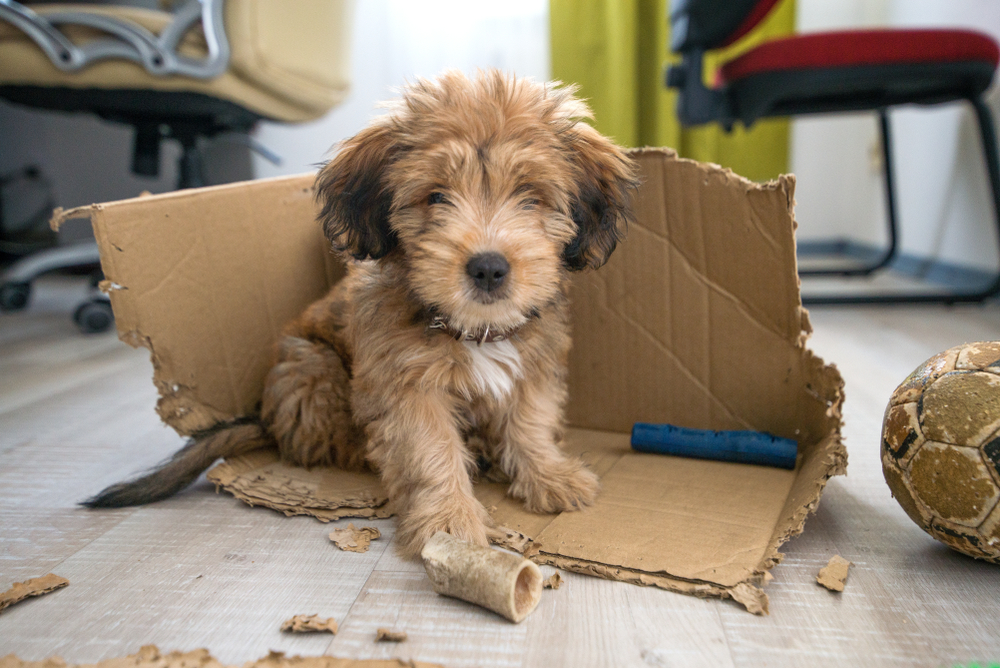
Most dogs are surrendered to animal shelters because of problem behaviors. Often the behaviors people think are cute in puppies—jumping, wrestling, clinging to the owner—become issues as the dog reaches adolescence. Implement a positive-reinforcement training regimen when you first welcome your puppy home, to set her up for success. Enlist professional help by enrolling in puppy classes, clicker courses, and general obedience classes that use positive-reinforcement methods, rather than punishment-based. Training, including obedience skills, agility, dock-diving, or scentwork, should be a lifelong process, to engage your pet’s mind and prevent boredom, which can lead to additional problem behaviors.
Have you welcomed a new bundle of fluff into your home? Contact us to schedule a wellness visit, so we also can welcome your new puppy into our Best Friends Veterinary Care family.



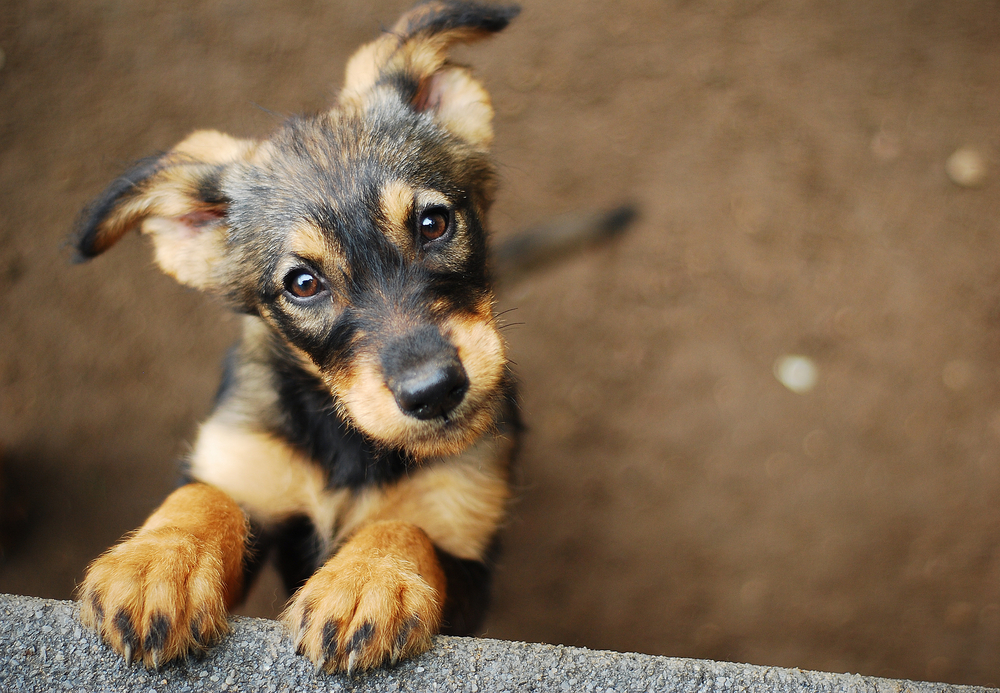
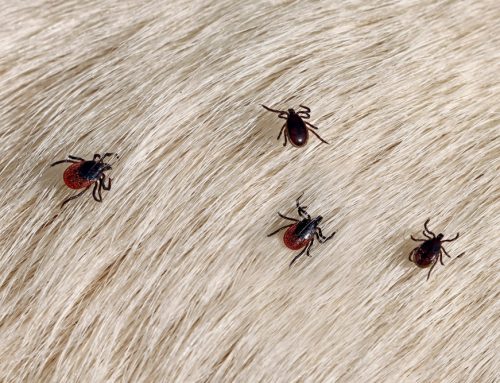
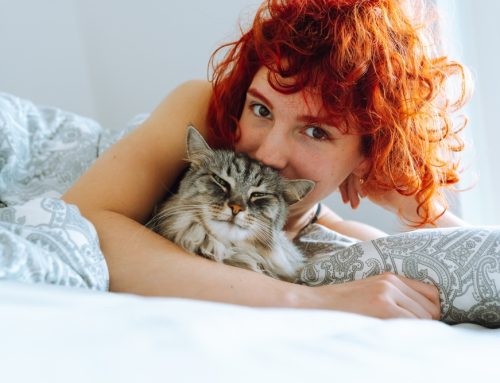

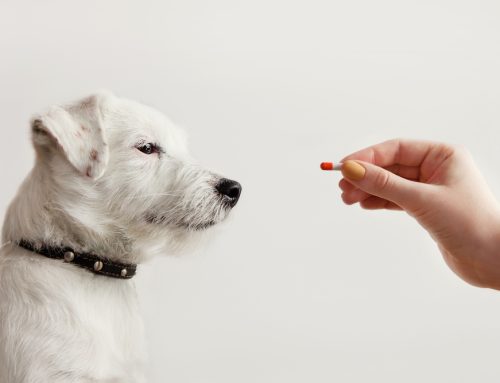
Leave A Comment